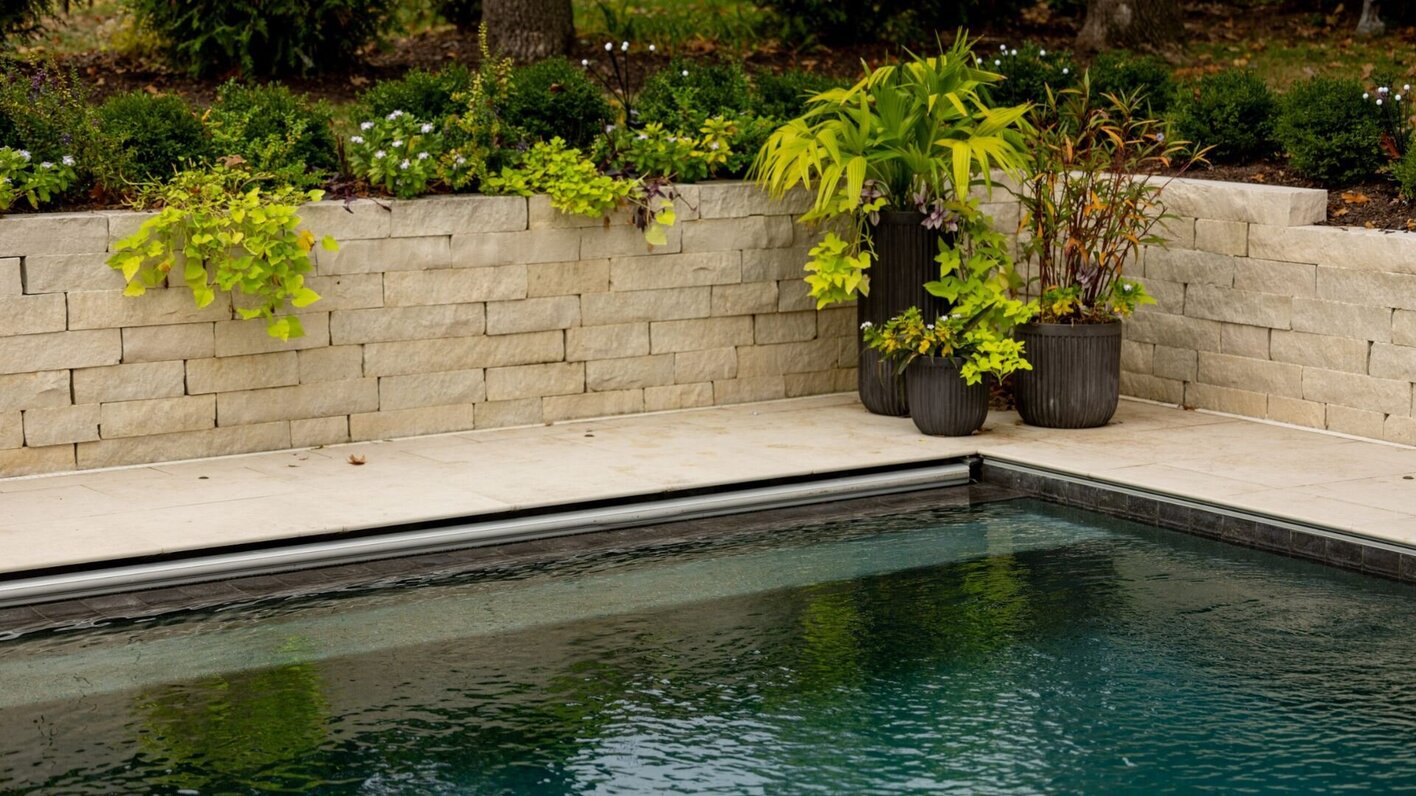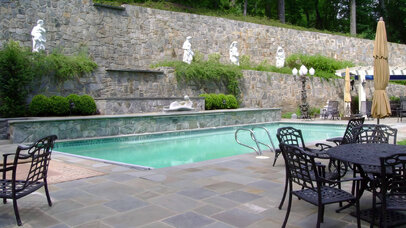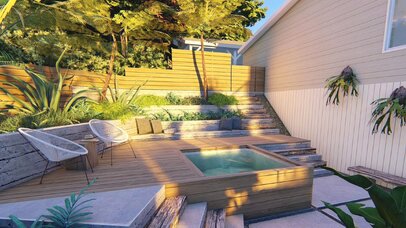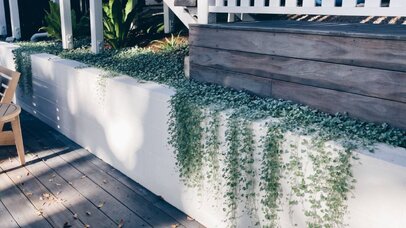A beautifully designed pool area deserves an equally stunning backdrop. One way to create a showcase-worthy poolscape is to install retaining walls around the perimeter. With the right retaining wall materials, you can prevent erosion, provide enhanced privacy, and define an aesthetic that ties your entire yard together.
However, not all retaining wall materials are created equal when used around pools. You need options that offer proper drainage, durability to withstand moisture and weathering, and aesthetic appeal. Poorly chosen materials can crack, leak, or even collapse from the pressures of surrounding soil.
This guide explores the most popular swimming pool retaining wall options for poolside use. We’ll compare the benefits and considerations of poured concrete, masonry blocks, natural stone, and wood timbers.
The information here lets you select the ideal materials for your climate, yard, and pool design needs. Let’s dive in and discover how to protect your poolscape with retaining wall ideas that are both beautiful and long-lasting!
Different Materials for Pool Retaining Walls
When installing retaining walls around pools, the structural materials you choose need to withstand constant moisture and the pressures of surrounding soil and water. Let’s explore some of the most popular options, looking at the specific benefits and considerations.
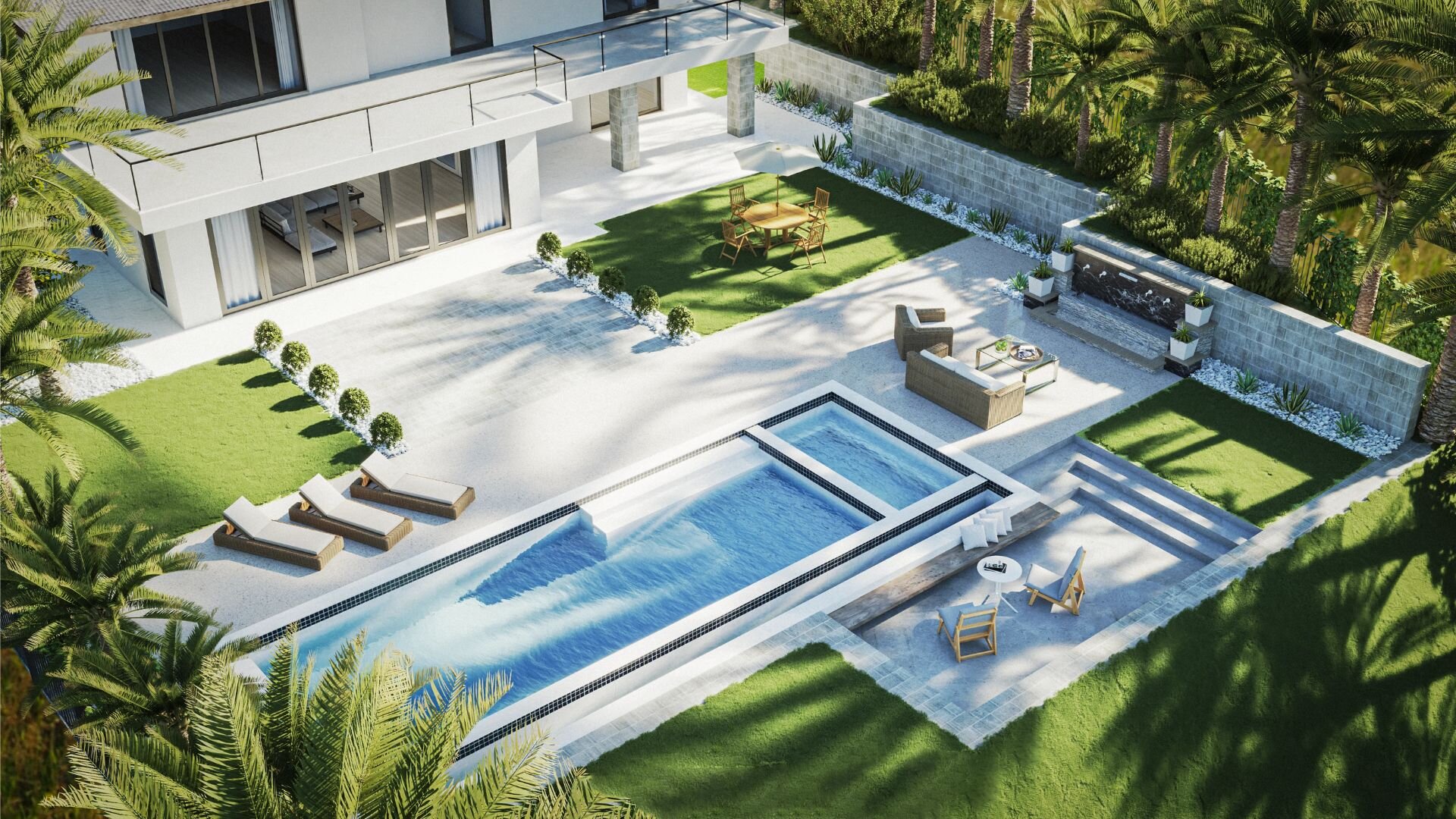
Poured Concrete
Poured concrete is a common choice for pool retaining walls due to its strength and durability. Concrete offers unparalleled stability if properly reinforced and can be moulded into various shapes and finishes.
However, poured concrete walls require more expertise to install, along with wooden forms for the casting process. Overall, it provides excellent protection despite higher costs.
Concrete Masonry Units
Like architectural blocks, concrete masonry units (CMUs) are an affordable and accessible option. CMUs are simple for DIY builds and available in various styles and colours. They allow for drainage and simpler repairs compared to poured concrete. However, masonry blocks have quite different structural integrity for higher walls. Weight can also be a challenge.
Segmental Retaining Walls
A segmental retaining wall is constructed using dry stacking pre-cast concrete blocks or brick walls. Segmental walls are the most popular for several reasons, including being very visually appealing and more budget-friendly than masonry walls.
Natural Stone
Natural stone boulders, tiles, or pavers are unrivalled for an elegant, seamless look. Other materials like granite and limestone provide sturdiness along with aesthetic beauty. However, sourcing large, quality stone can be expensive and requires expertise to cut, place, and reinforce properly. Natural stone needs more sealing and maintenance, too.
Wood Timbers
Wood retaining walls offer a warm, natural appearance well-suited to more rustic or tropical swimming pool designs. Using timber sections allows for easy installation and more forgiving DIY builds.
Drawbacks include higher upkeep, less stability overall, and vulnerability to moisture damage and rot over time. Treated lumbers last longer.
Choosing Pool Retaining Wall Materials - What You Should Consider
When selecting the right retaining wall materials for your poolscape, there are several important considerations to weigh. First, analyse your climate and conditions to pick options that offer weather resistance and good drainage.
Also, look at building codes and permits in your area for any structural regulations. Consider the appearance you want to complement the pool design and opt for durable, attractive materials that provide the desired look. While building a retaining wall, you must dedicate sufficient time to the planning phase and carefully choose where the structure will be built. If you’re interested in purchasing an inground pool with a sloped yard, consider incorporating a retaining wall into your design.
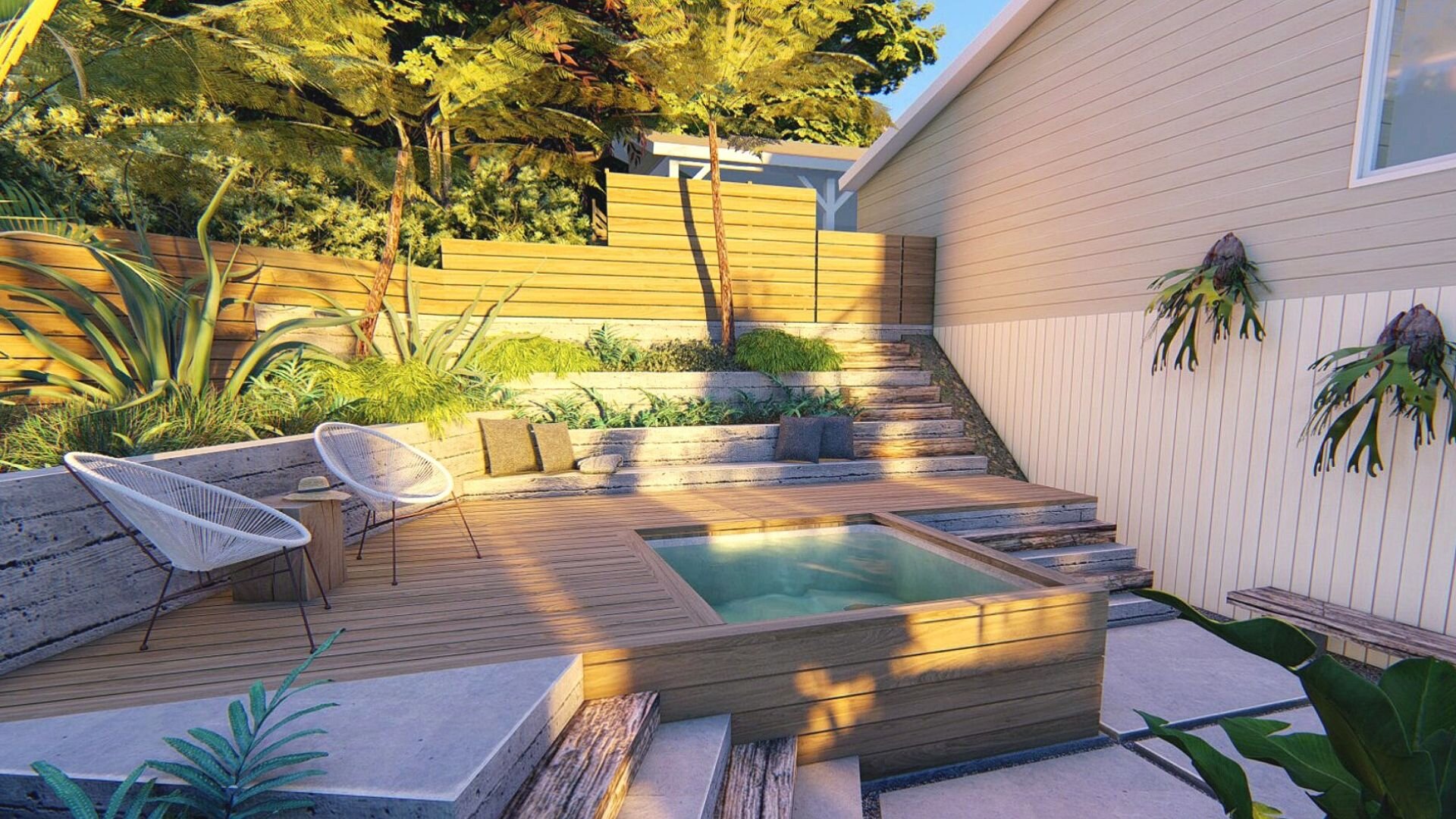
Pool installation is key - assess your DIY skills and whether professional expertise is needed for the materials chosen.
Finally, compare cost and budget requirements, as certain materials like natural stone are more expensive. Prioritising these factors will help you find the ideal retaining wall materials for your unique pool, yard, climate, and preferences.
Protecting Your Pool Retaining Walls
Properly caring for your pool retaining walls maximises longevity and performance. Ensure adequate drainage through weep holes, gravel backfill, and sloped backyard grading away from the wall.
Follow manufacturer guidelines for any sealing or waterproofing needs. Routinely inspect for cracks, erosion, leaks, or vegetation growth and address issues right away. Annual professional inspections can catch minor damage before failure. With vigilant drainage, sealing, inspections, and maintenance, you can safeguard your pool retaining walls from moisture damage and deterioration for many years.
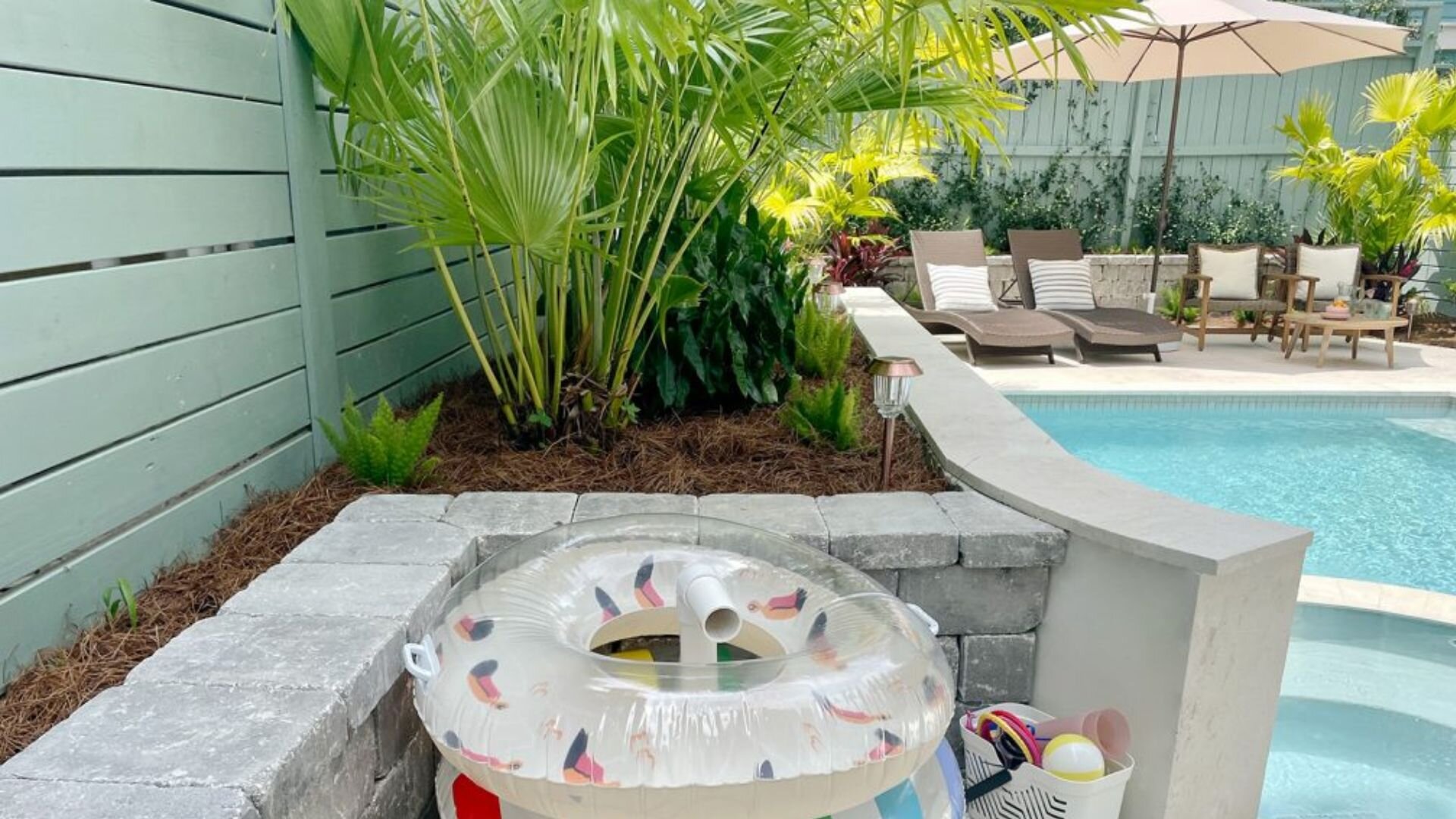
Taking preventative measures protects your investment and keeps your poolscape an enjoyable backyard oasis.
Take the Stress Out of Picking Pool Retaining Materials
Installing a properly engineered retaining wall with the right materials is crucial for an elegant, durable poolscape. With the information provided in this guide, you can weigh the benefits and considerations of popular options like poured concrete, masonry, natural stone, and wood. Analyse your climate, design taste, style preference ( like adding water features), budget, and project scope to select from various materials that check all the boxes.
While DIY retaining wall projects are feasible, bringing in professional expertise ensures proper structural implementation. For experienced retaining wall and pool deck installation and material guidance tailored to your unique poolscape, contact the team at The Pool Co. Our specialists can assess your yard, recommend optimal materials, and handle the process with quality workmanship.
Achieve backyard bliss with a showstopping pool surrounded by retaining walls that stand the test of time. Let your design vision come to life with the ideal retaining wall materials for your pool. Contact The Pool Co. today to get started!
FAQs
What types of materials can be used to build a retaining wall next to my pool?
Some common retaining wall materials for pools include poured concrete, concrete blocks, natural stone, brick, and pressure-treated wood. Concrete and stone are very strong and durable options. Wood requires more maintenance but can provide a nice natural look.
Should I use a permeable or impermeable material for the retaining wall?
It’s generally recommended to use an impermeable material like concrete or stone. This will prevent water from saturating the soil behind the wall and causing structural issues over time. Permeable materials like wood can become brittle and degraded due to constant moisture exposure.
How do I choose the right retaining wall height for my pool?
The height depends on the slope and how much elevation change the wall needs to retain. Generally, pool retaining walls should be at least 12 inches taller than the pool water level. An engineer must calculate the required height based on the landscape to ensure the wall can withstand the pressure and avoid collapsing.
